

Matt Campbell
2025 Toyota Yaris Cross review
5 Days Ago
The Volkswagen ID.4 electric crossover now has a "coupe" sibling in the form of the new ID.5, which was unveiled overnight.

Journalist


Journalist
There’s a new electric Volkswagen on the block, but there are “no plans at this stage” to bring it to Australia.
According to a Volkswagen Australia spokesperson, “production of BEVs are still prioritised for markets with emissions regulations and penalties for not meeting them”.
The new Volkswagen ID.5 is the “coupe” version of the ID.4 crossover, with the main difference between the two being the ID.5’s swooping roof line.
This means the new model has a completely unique rear section, including a tailgate with an integrated deck-lid spoiler, and modified rear doors. In addition to this there’s a sportier looking front bumper treatment.
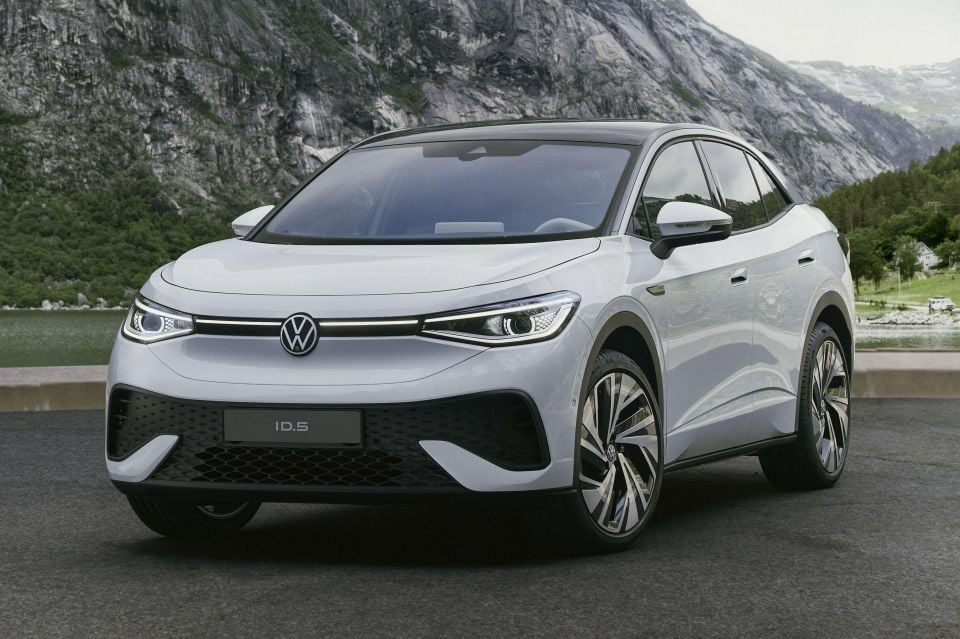

Despite the arched roof, Volkswagen claims the ID.5 only has 12mm less headroom than the ID.4. In fact, the ID.5 has slightly more boot space up to the parcel shelf than the ID.4: 549L versus 543L.
The “coupe” styling also results in a car that slips through the air more easily. The ID.5 has a coefficient of drag of 0.26 — 0.27 in the GTX — compared to the ID.4’s 0.28.
The standard ID.5 is 4599mm long, while the GTX — thanks to its restyled bumpers — is 4588mm long. Volkswagen says the ID.4 and ID.5 share a 2766mm wheelbase, and we expect the ID.5 to be 1852mm wide, just like the ID.4.
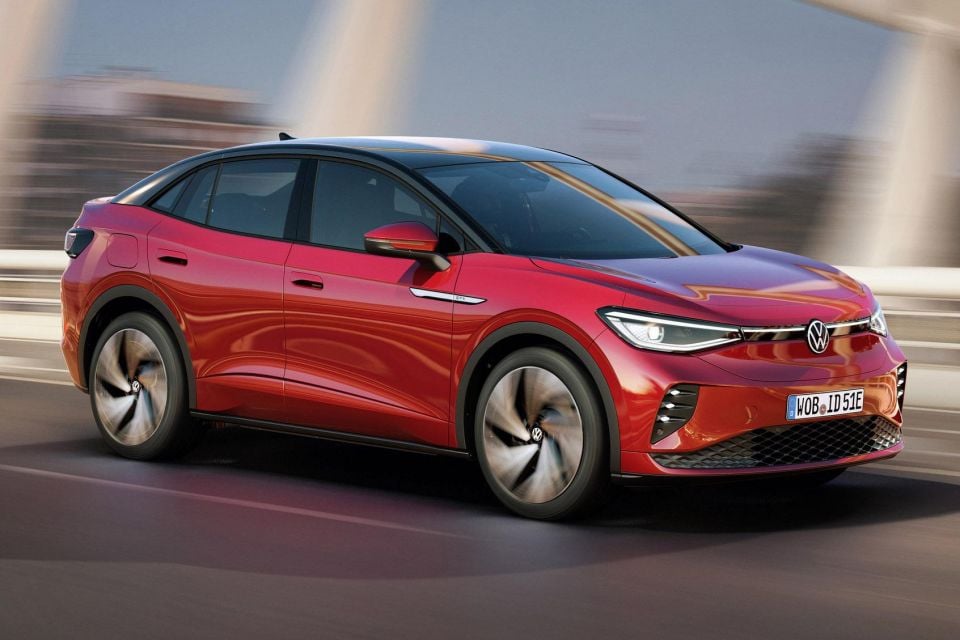
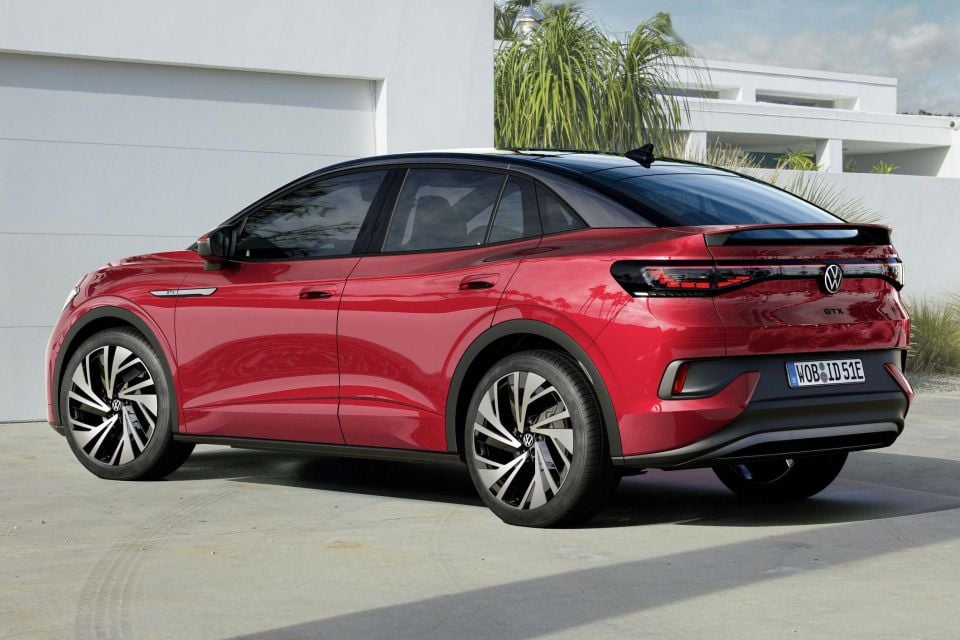
Available features include matrix LED headlights, 3D LED tail-lights, adaptive chassis control, and the semi-autonomous Travel Assist driving mode.
Inside, the ID.5 has a touchscreen infotainment system with the latest software that’s said to improve responsiveness, and which can be improved via over-the-air software updates.
All versions of the ID.5 sold in Europe will come with the larger 77kWh battery pack as standard.
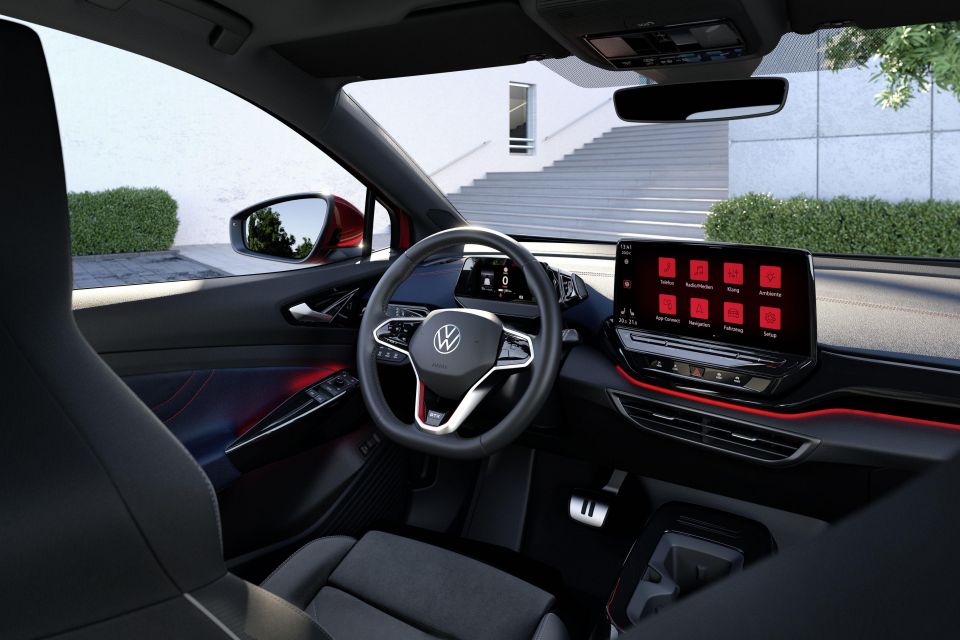
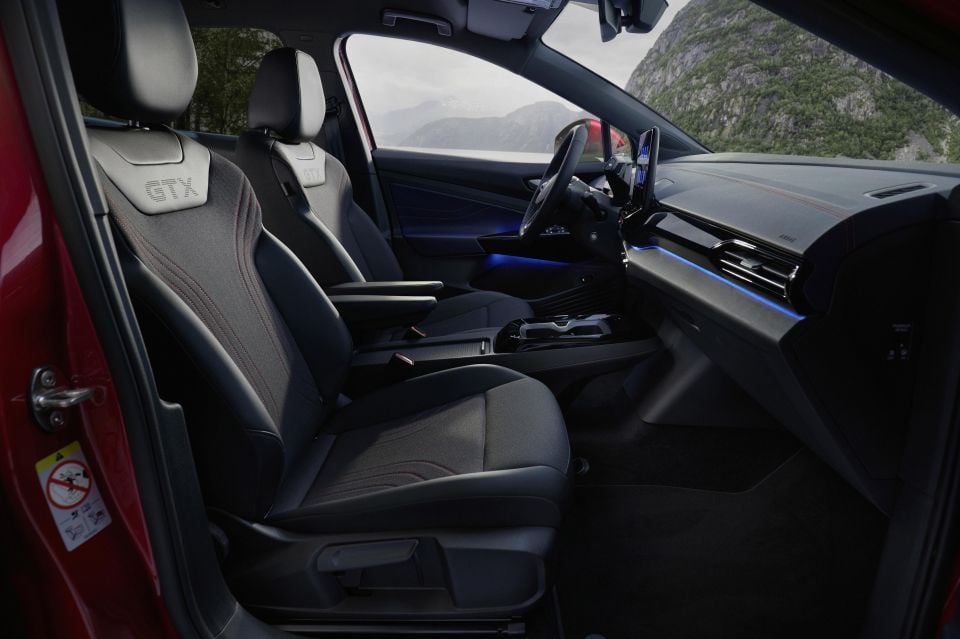
In the UK, the ID.5 is available with either a 125kW/310Nm or 150kW/310Nm motor driving the rear wheels. The ID.5 GTX has a two-motor setup making a total of 220kW and 310Nm.
Under the WLTP testing standard, range is said to be between 488km and 520km depending on the model.
Like other MEB-based vehicles, the ID.5 supports AC charging up 11kW, and DC charging up 135kW.
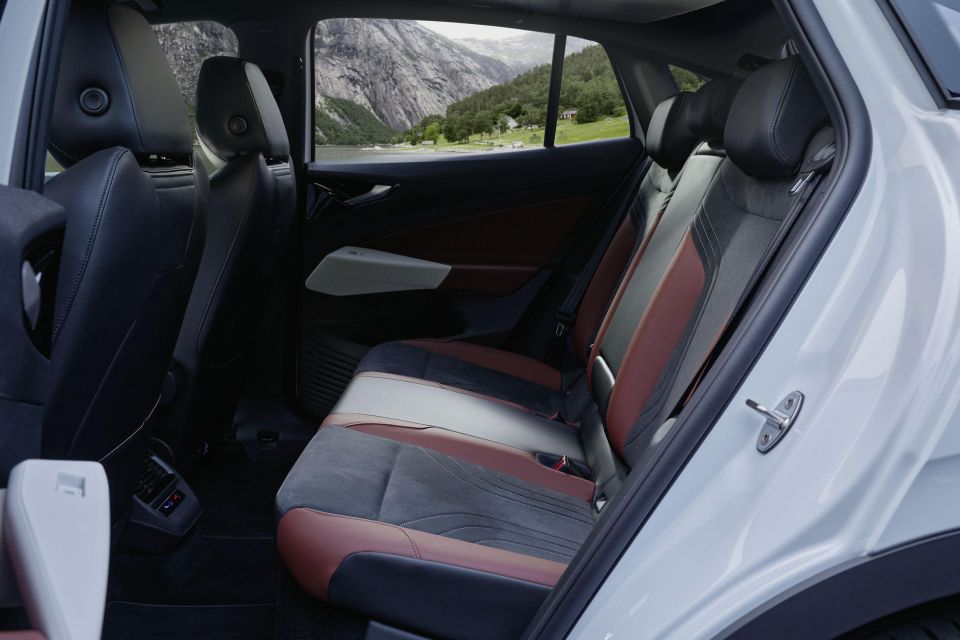

The ID.5 is the fourth Volkswagen model to based on the company’s MEB EV architecture, and follows in the footsteps of the ID.3 hatch, ID.4 crossover, and the China-only ID.6.
Other vehicles to use the platform so far include the Audi Q4 E-Tron, Cupra Born, and Skoda Enyaq iV.
CarExpert helps new car buyers save thousands with expert reviews, honest advice, and transparent pricing – no dealer pressure and no sales games.
Derek Fung would love to tell you about his multiple degrees, but he's too busy writing up some news right now. In his spare time Derek loves chasing automotive rabbits down the hole. Based in New York, New York, Derek loves to travel and is very much a window not an aisle person.


Matt Campbell
5 Days Ago
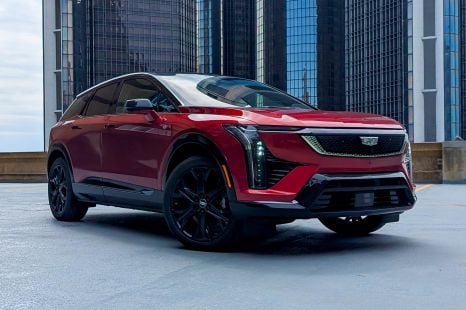

William Stopford
3 Days Ago
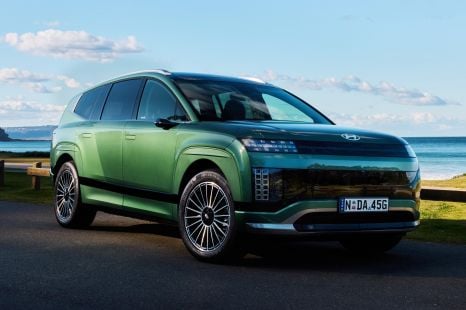

Josh Nevett
2 Days Ago
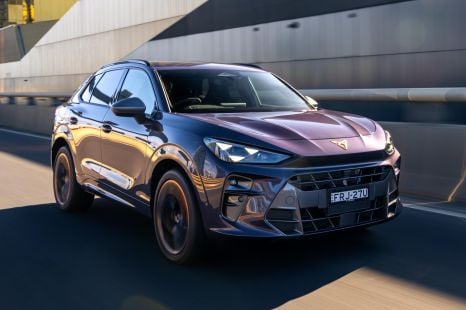

James Wong
2 Days Ago


Max Davies
2 Days Ago
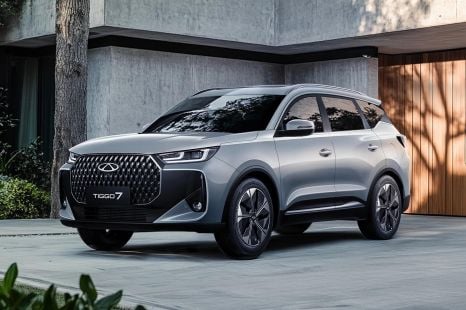

William Stopford
1 Day Ago